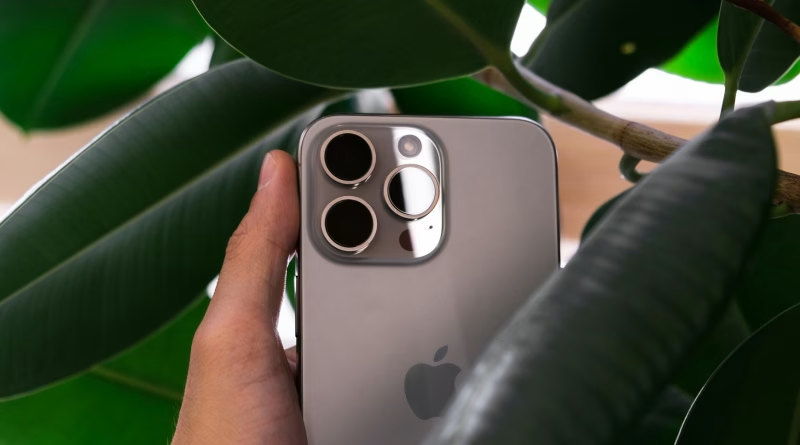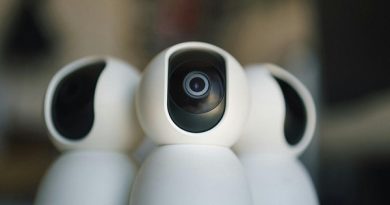The Future of Smartphones: What to Expect from 2025’s Flagship Models
For a few years, the smartphone market has felt… a little stagnant. The annual upgrade cycle has been defined by incremental improvements—a slightly faster processor, a minor camera tweak, a brighter screen. The massive, form-factor-changing leaps of the early days seemed to be over.
That’s about to change. As we look toward the flagship smartphones set to be released in late 2025 and early 2026, a new wave of meaningful innovation is on the horizon. The race is no longer just about raw specs; it’s about building a more intelligent, durable, and genuinely useful device.
Forget marginal gains. The future of the smartphone is being defined by three key areas: deeply integrated AI, foldable screens that are finally ready for prime time, and a long-overdue revolution in battery technology.
1. The AI-Infused Operating System
The biggest change won’t be in the hardware, but in the software. On-device Artificial Intelligence is moving beyond simple voice assistants and photo editing. The next generation of iOS and Android will feature proactive, “ambient” AI woven into the very fabric of the OS.
- What to expect: Your phone won’t just respond to commands; it will anticipate your needs. Imagine an AI that can summarize a long group chat and draft a reply for you, automatically create a travel itinerary by pulling flight and hotel details from your emails, or screen your calls with a smart assistant that can have a natural conversation with the caller. This “on-device intelligence,” championed by both Apple and Google, will make your phone feel less like a collection of apps and more like a single, cohesive, personal assistant.
2. Foldables Finally Grow Up: Durable and More Affordable
Foldable phones have been the most exciting hardware innovation in years, but they’ve been held back by three major issues: durability concerns (especially the screen crease), bulky designs, and sky-high prices. The next generation of foldables from Samsung, Google, and others is set to tackle these problems head-on.
- What to expect: Look for new hinge mechanisms and stronger, more flexible ultra-thin glass that make the screen crease virtually invisible. We’re also seeing new material sciences leading to thinner and lighter designs that feel much closer to a traditional smartphone when folded. Most importantly, as the technology matures, prices are finally starting to come down, bringing these innovative form factors out of the niche category and into the mainstream.
3. The Breakthrough We’ve All Been Waiting For: All-Day (and Then Some) Battery Life
The single biggest complaint for every smartphone user is battery life. For years, we’ve been tethered to our charging cables, happy to just make it to the end of the day. A genuine breakthrough is finally on the horizon.
- What to expect: The first flagship phones using next-generation solid-state or silicon-anode battery technology are expected to launch. These new battery chemistries promise significantly higher energy density, meaning manufacturers can fit much more power into the same physical space. The practical result? Phones that can comfortably last through a full day of heavy use, all through the next morning, and even into the afternoon. This isn’t just a 10% improvement; it’s a step-change that will fundamentally alter how we use our most important device.
4. Computational Photography Gets Even Smarter
The megapixel race is over. The new battleground is “computational photography”—using AI and software to create better images than a small smartphone sensor should be capable of.
- What to expect: Look for even more impressive low-light performance, as AI gets better at reducing noise and capturing detail in near-darkness. The next big thing is AI-powered video. Imagine features like “cinematic portrait mode” for video becoming standard, or the ability to seamlessly remove unwanted objects or people from a video clip after it has been shot.
The next 18 months will be a pivotal era for the smartphone. We’re moving beyond simple hardware iteration and into a new phase defined by ambient intelligence, revolutionary new form factors, and a long-overdue leap in battery performance. The most personal device in our lives is about to get a whole lot smarter and more useful.




